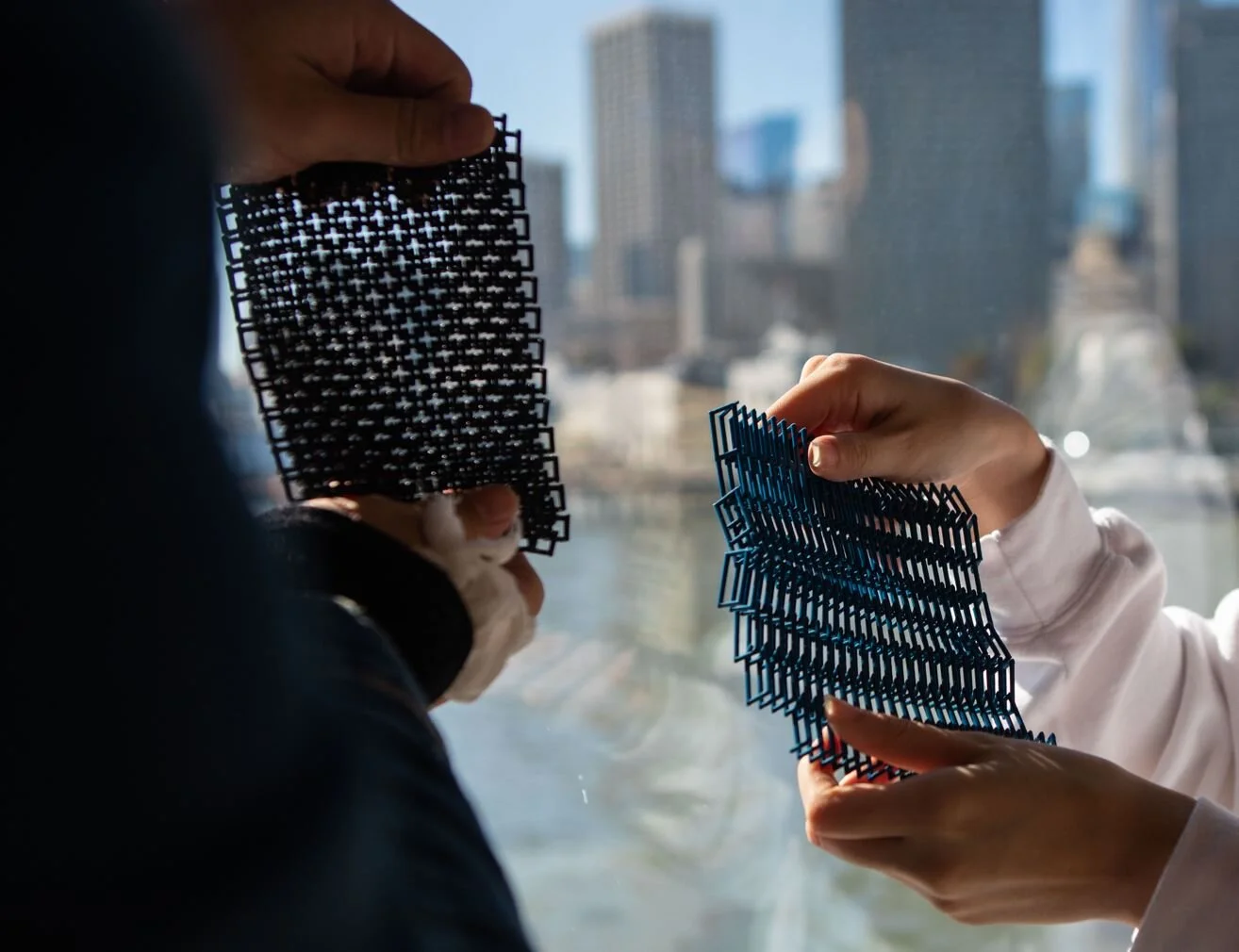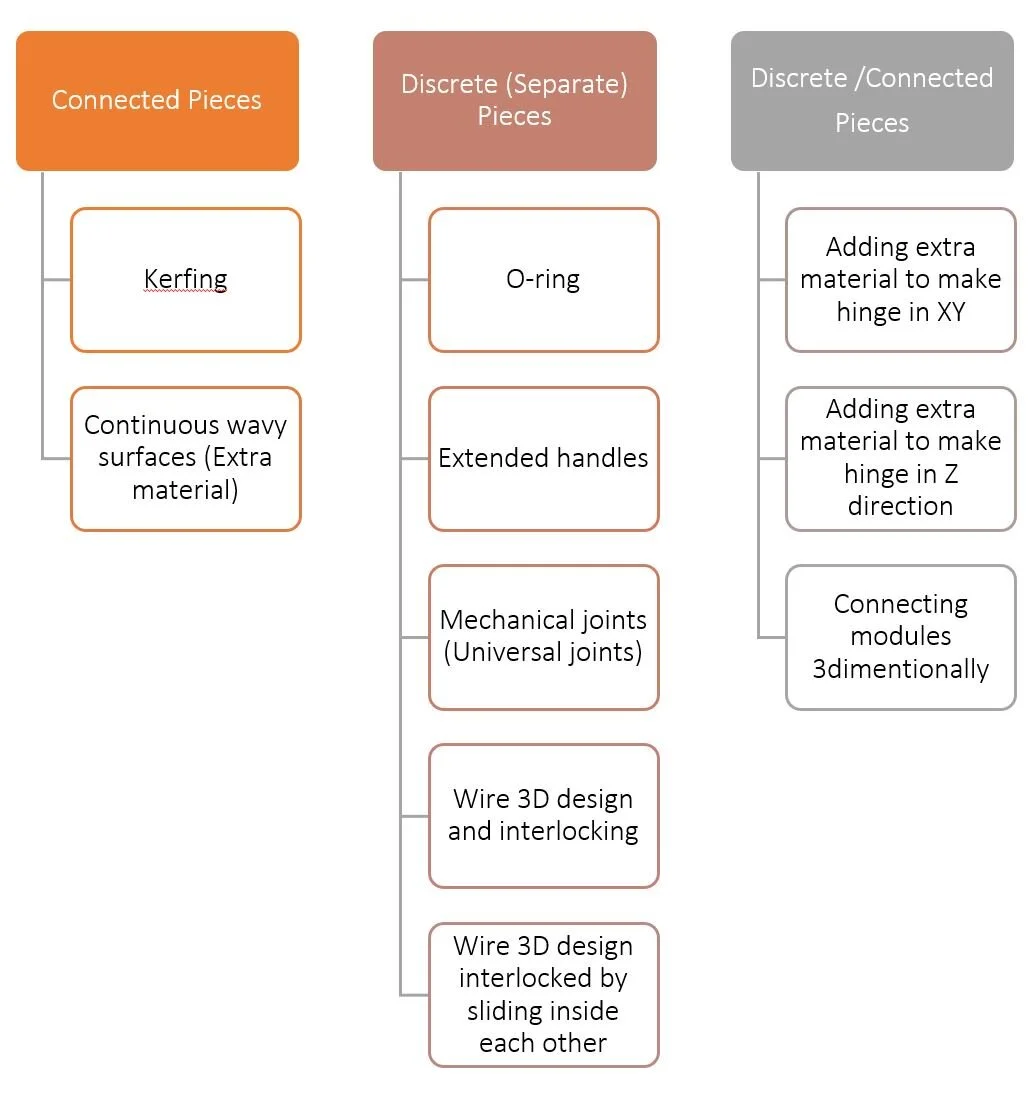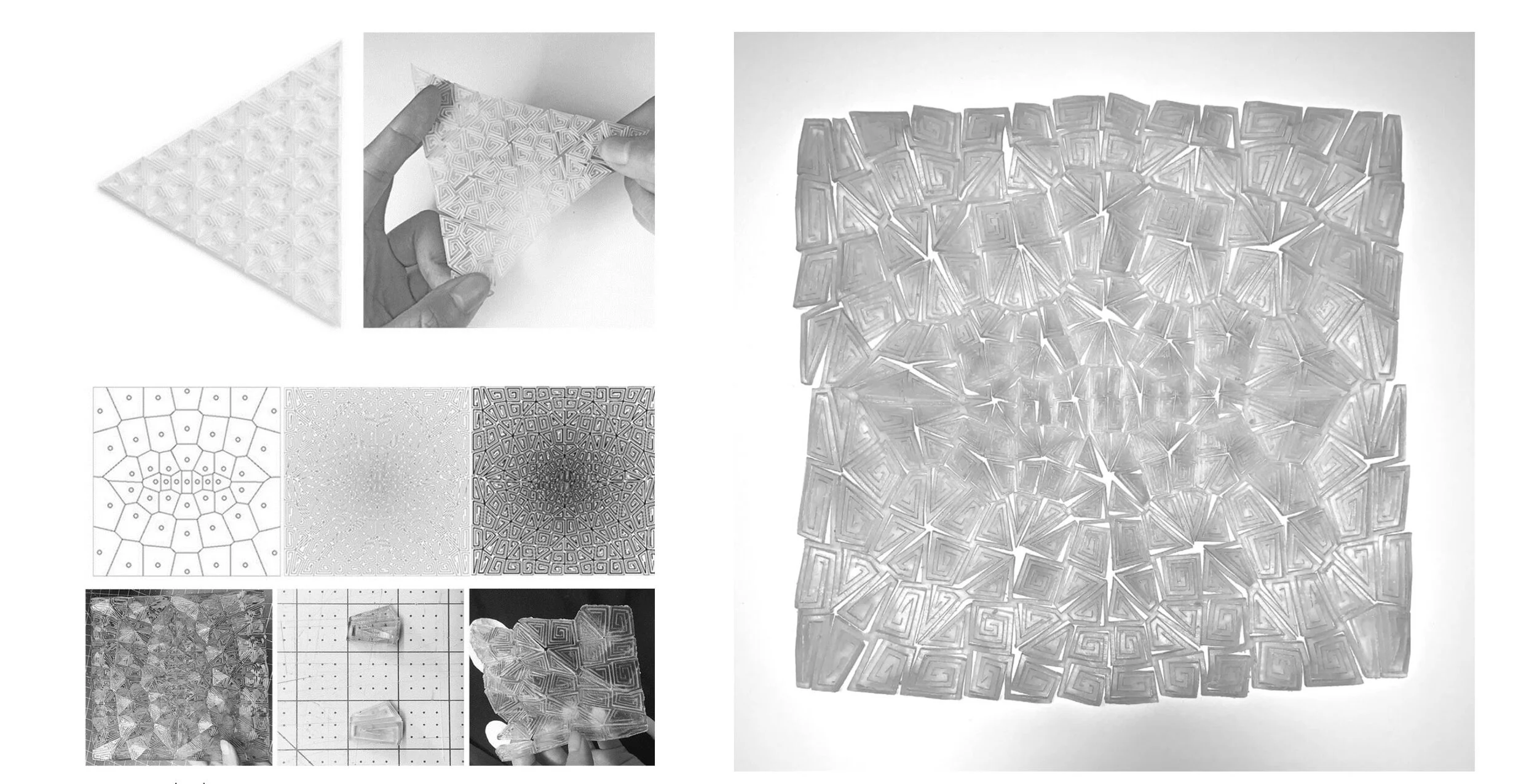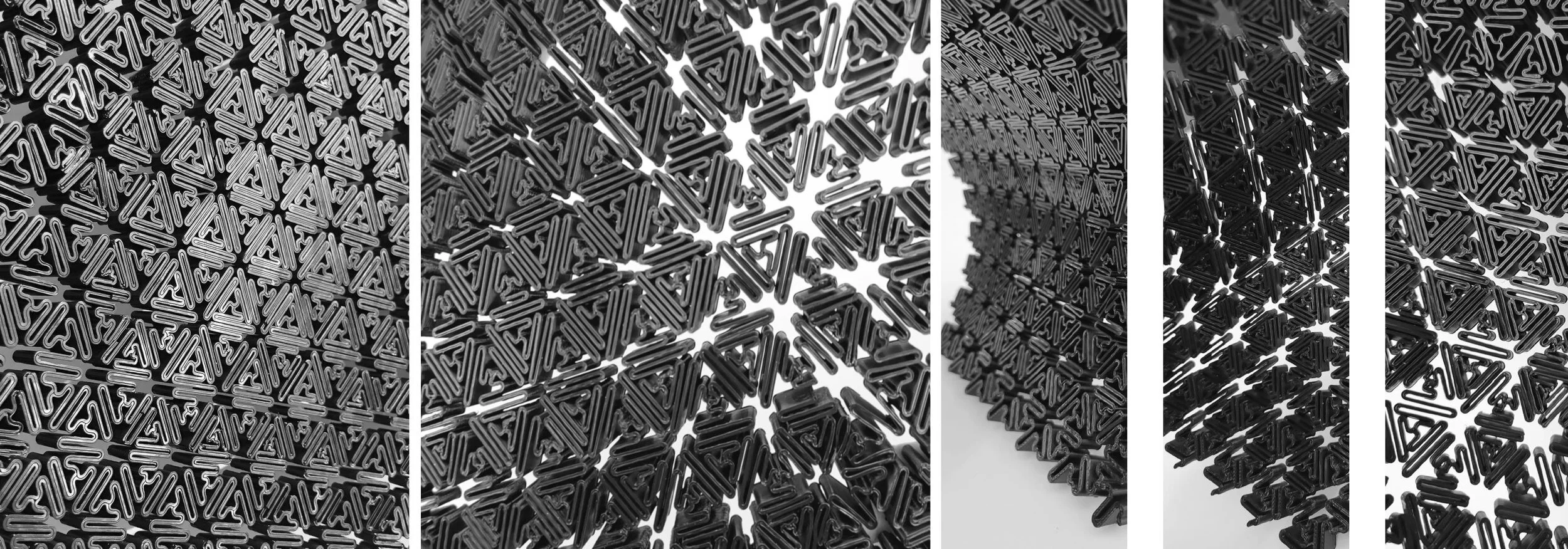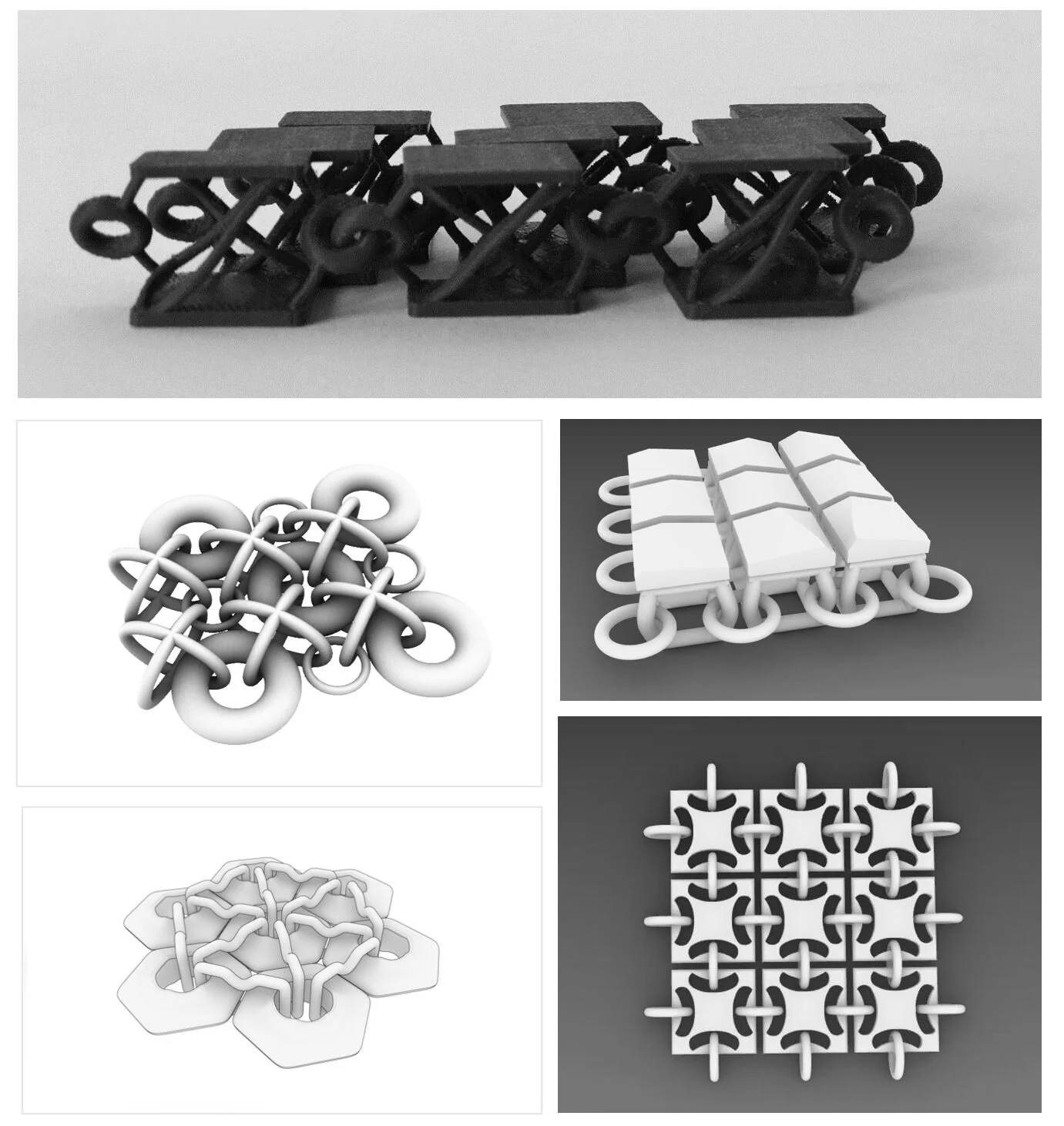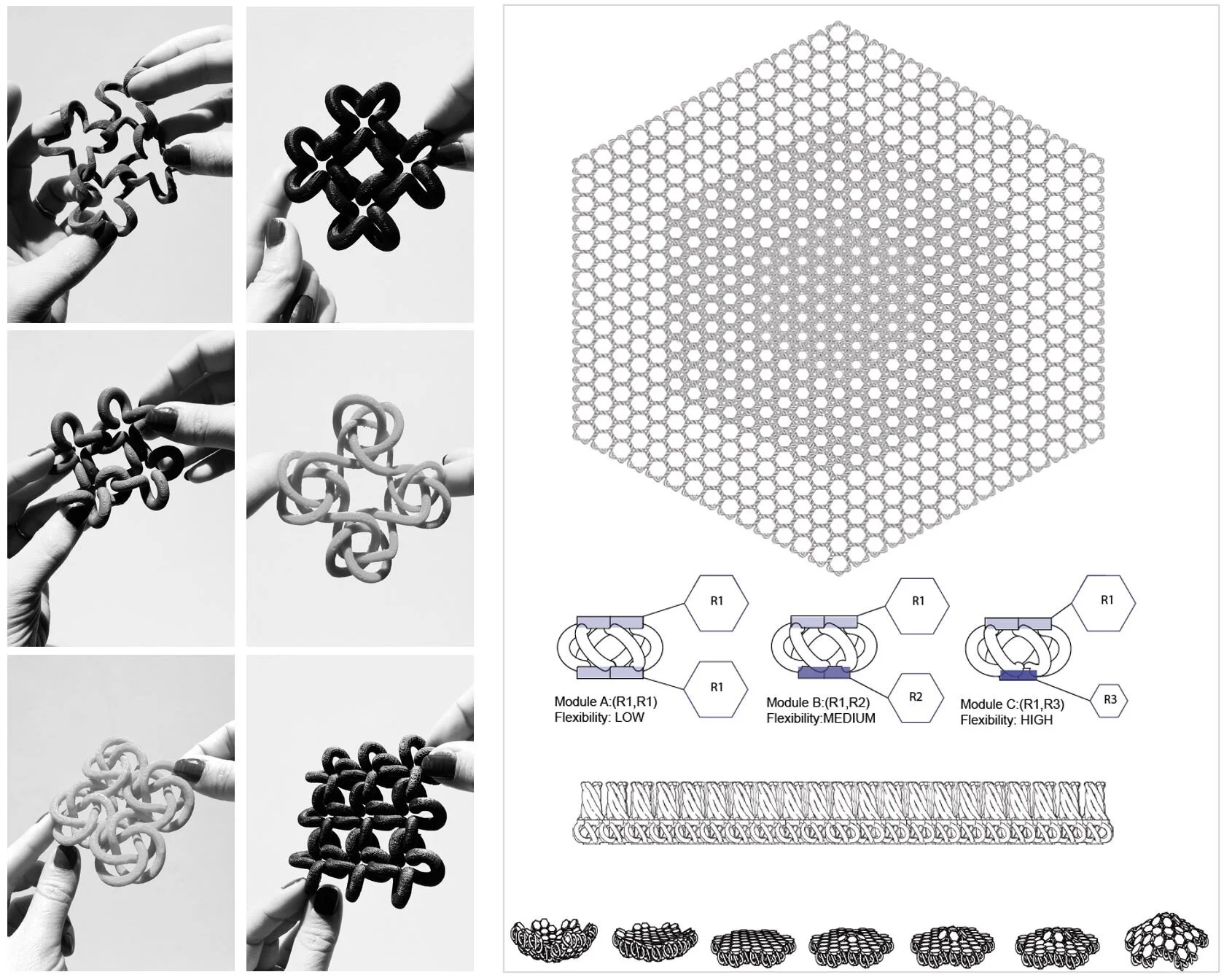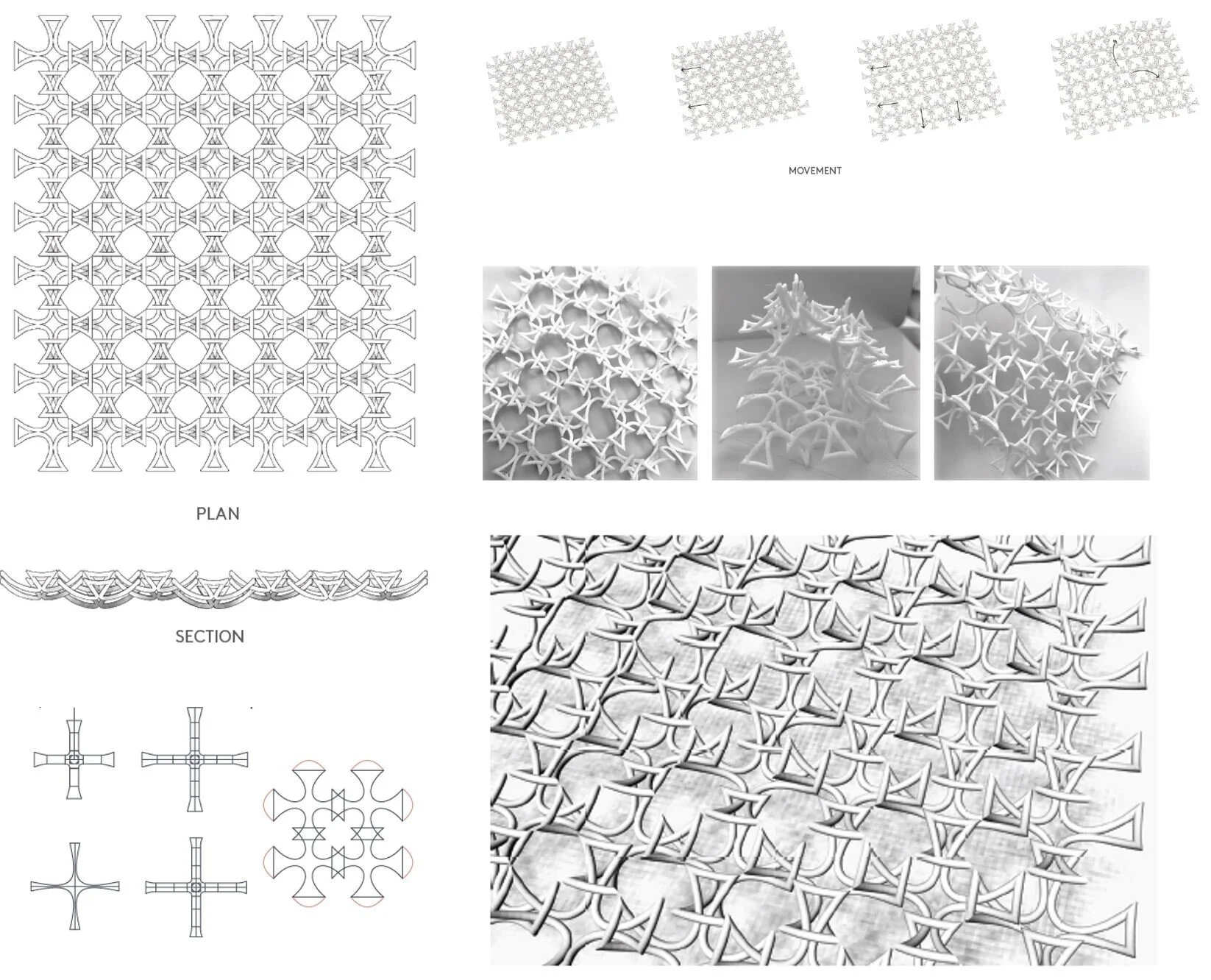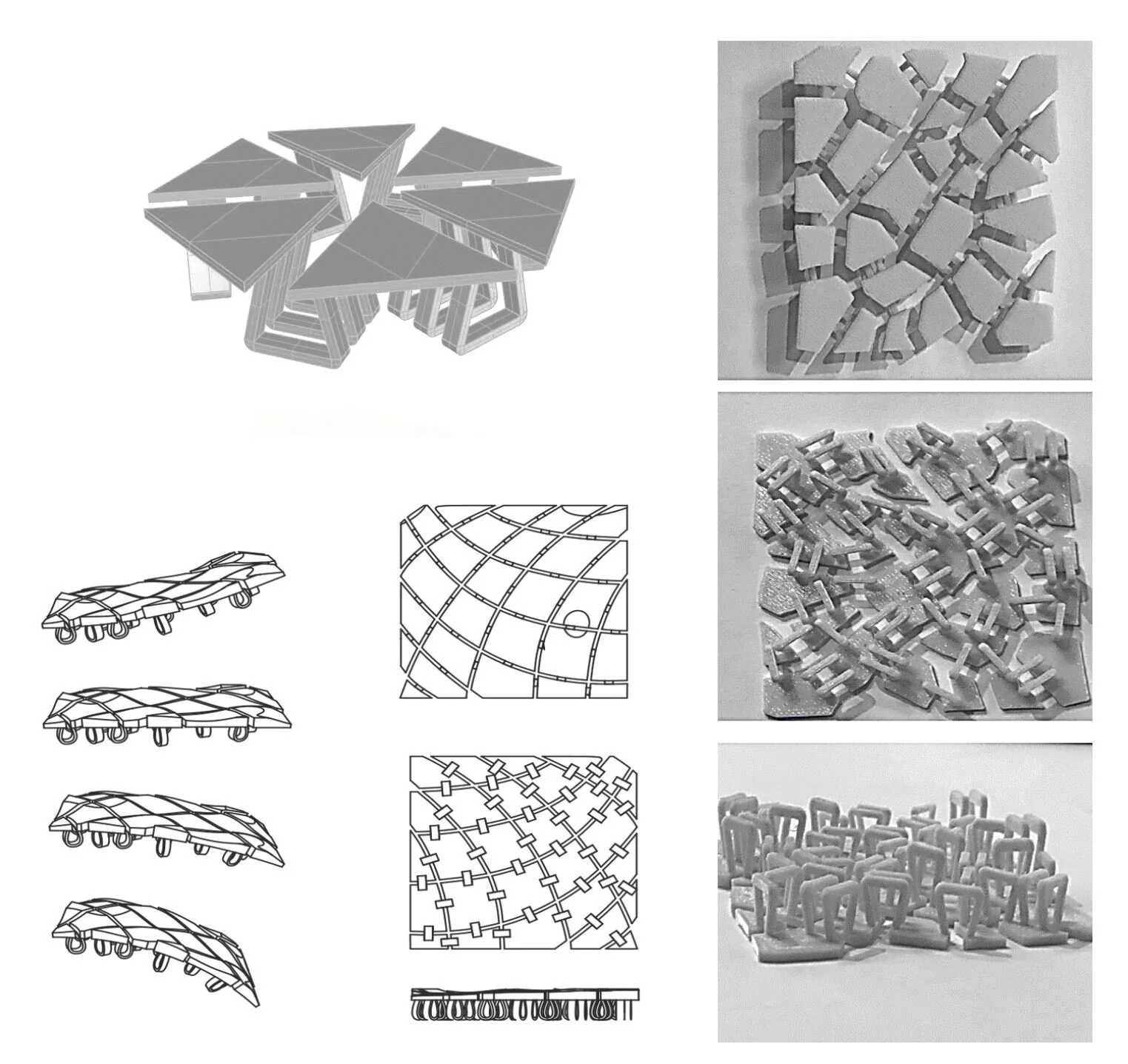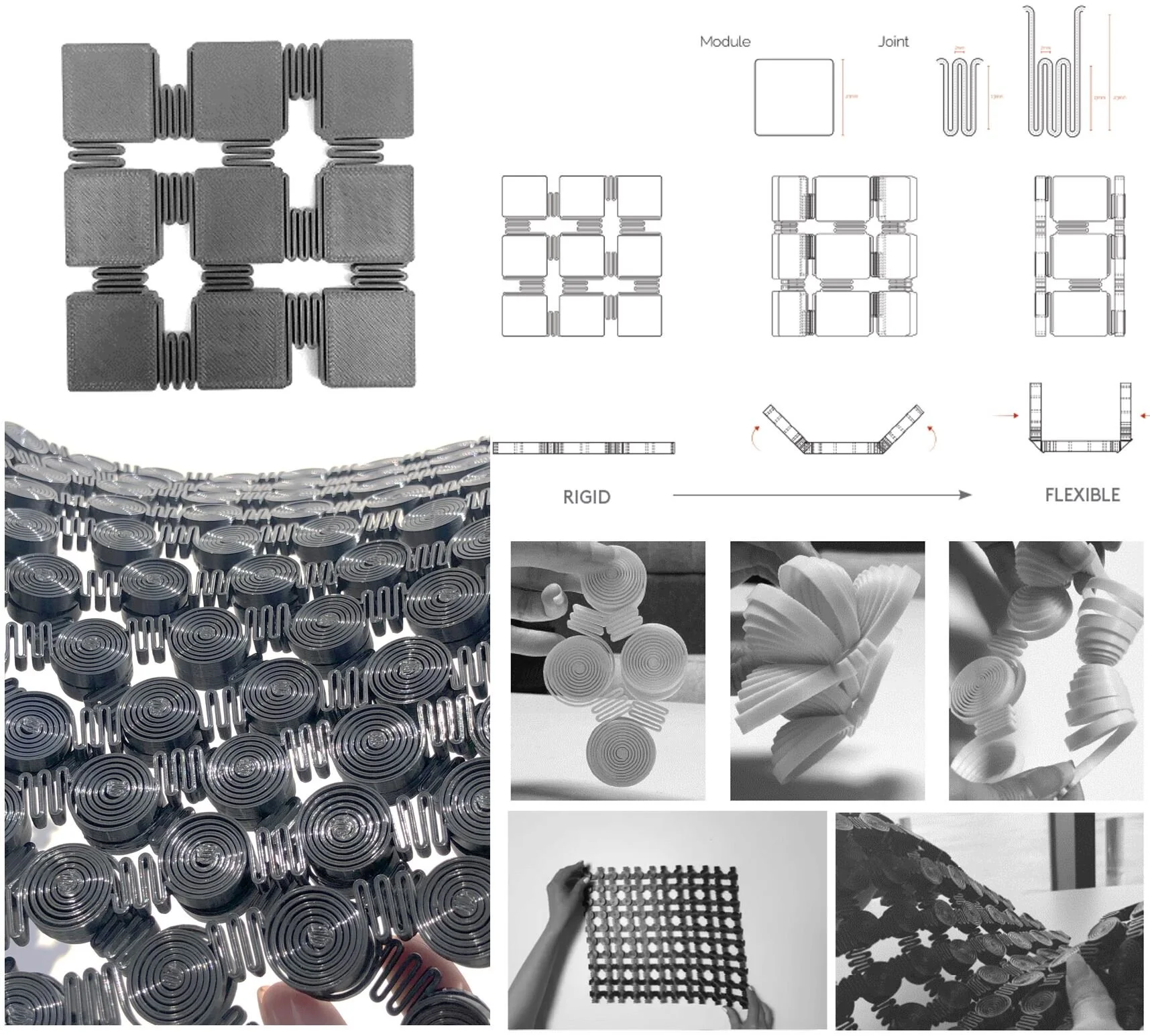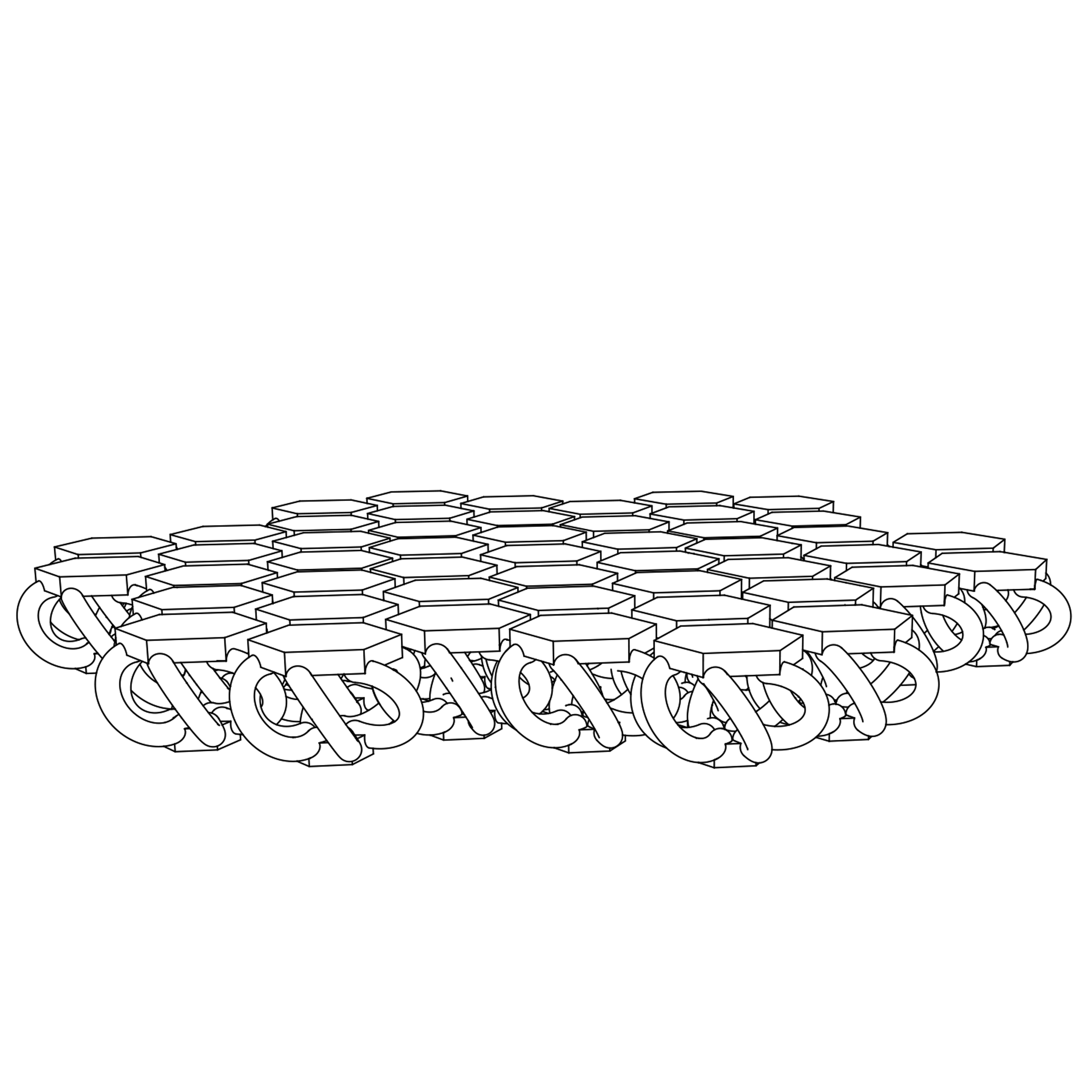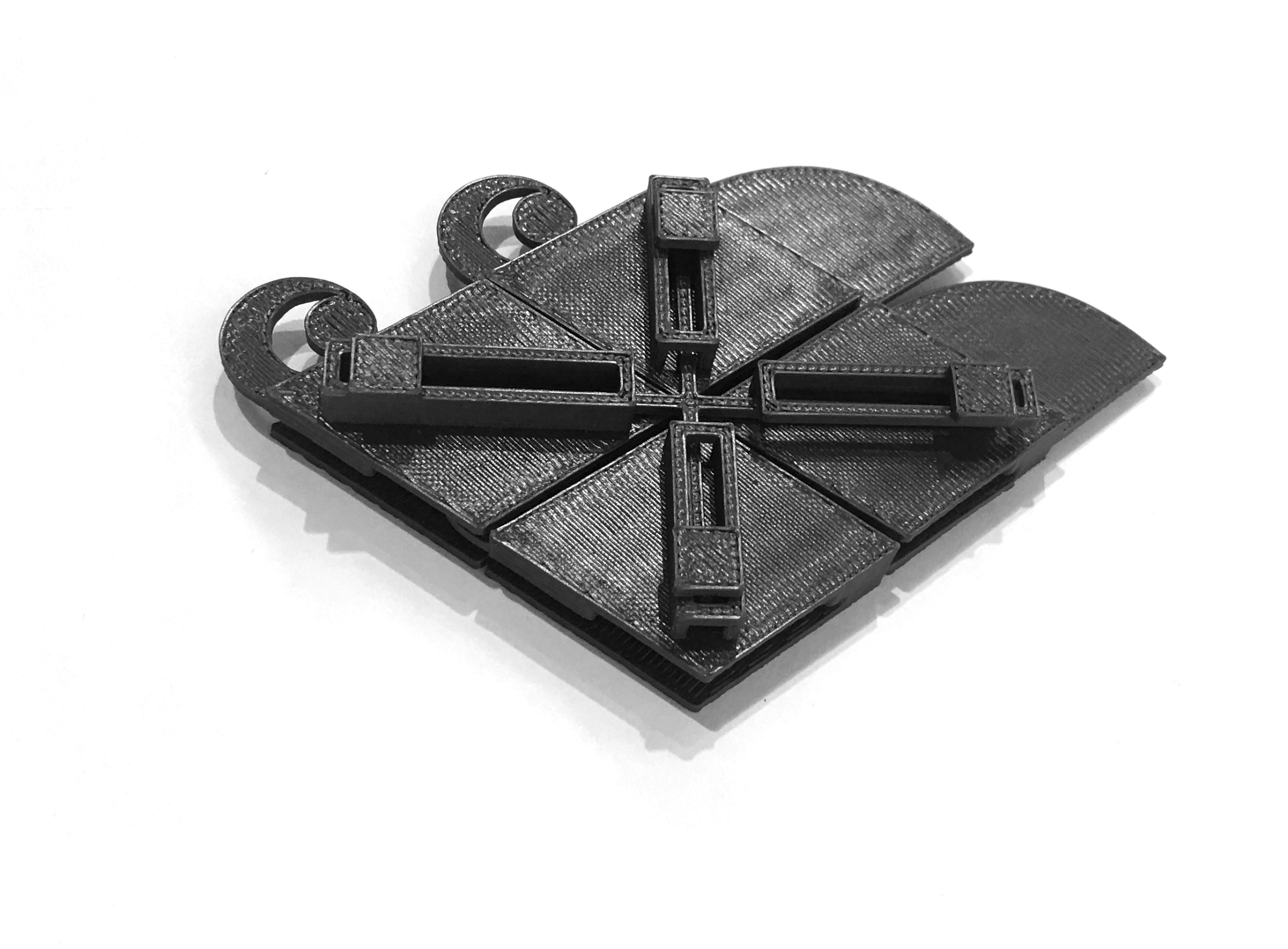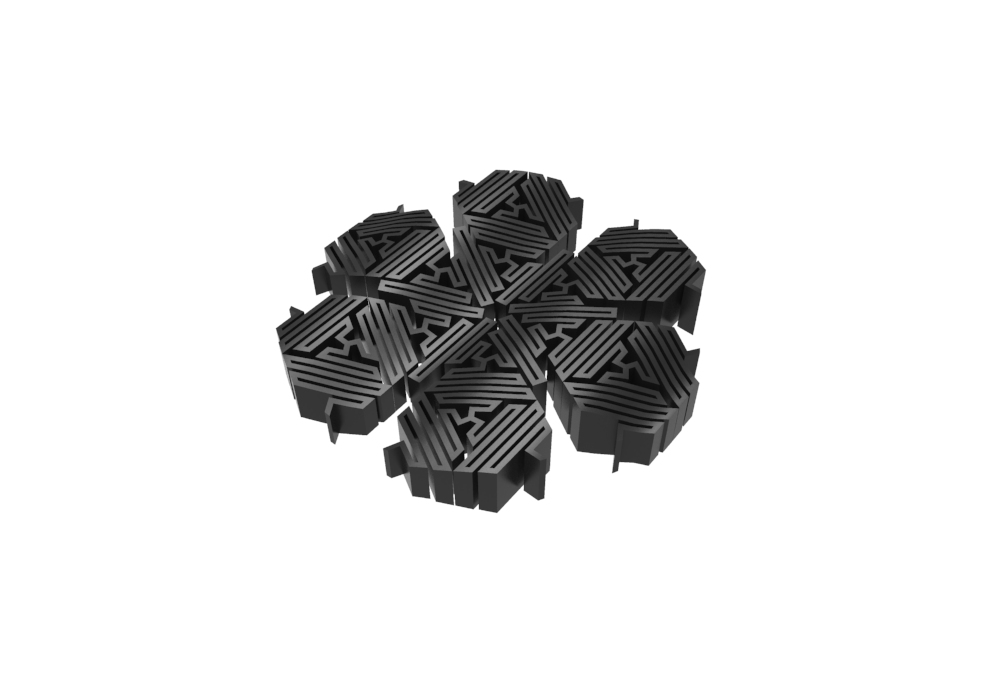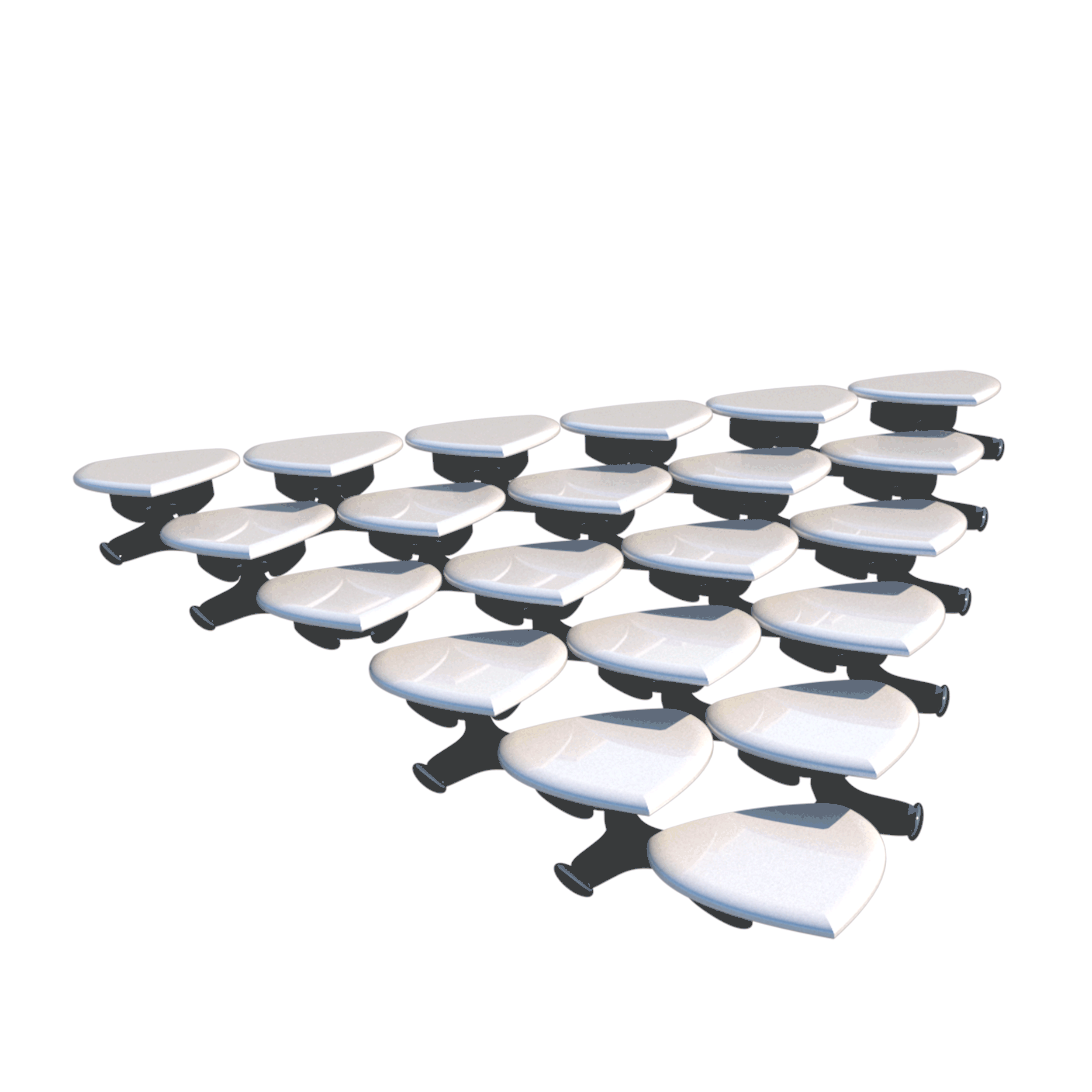Faculty: Negar Kalantar
Research conducted under tranSTUDIO 2019 | Adaptive Thought, Design, and Fabrication
Sponsor | Grant: Autodesk Technology Center Grant
INTRO: Additive Manufacturing
Over the past several decades, digital fabrication technologies including additive methods (such as 3D printing) have permeated and transformed many aspects of interior design, architecture, fashion, and other design disciplines across the globe. Additive manufacturing, or the deposition of material to form a desired 3D structure through the sequential formation of the structure’s cross-sectional layers, constitutes an historical turning point and illuminates the future of design. Likewise, such technology allows for the enhancement and extension of innovative practices within the related industries in the decades to come. Importantly, additive manufacturing can inspire and support an original voice for designers and engineers seeking to create unique designs and quality products in ways never before possible.
Much more than a means of producing less waste than with reductive fabrication techniques, additive manufacturing allows designers to precisely create “unmakeable” shapes, structures, and geometries that previously were considered impossible. As a result, designers are increasingly taking advantage of the unprecedented development of additive manufacturing in ways that conventional manufacturing techniques are unable to accommodate. In design education, additive manufacturing, as the third industrial revolution, represents a potential
change in the way students learn, in the way that they think, and in the way they solve problems. Additionally, the fast-changing world of additive manufacturing opens new design possibilities that did not exist only a few years ago, and as such it makes for an important addition to education in design.
Challenge
The project is guided by the question, “How to design 3D printed textiles that can be flexible and rigid at the same time?” Therefore, the main design challenge of this project is to change the property of rigid material by design and 3D printing manufacturing.
Geometrically-Informed Material Behavior
The research seeks how the property of the material can change by manipulating the geometry. Therefore, these textiles are created under a material-active system that relies primarily on geometry as a structural and organizational mechanism, rather than depending solely on a material’s properties. When a force is applied, there is a carrying out of elastic deformation. Once the force is removed, the material either returns to its original shape or holds a new changeable configuration.
Design Process
Initial Conceptual Prototypes
The process began with conceptual models and more than 70 concepts were developed before moving on to larger prototypes.
Generalized Approaches
After conceptual explorations, the approaches taken were able to be generalized on how to make a non-flexible material flexible. The result is three main categories: connected pieces, discrete pieces and discrete/connected pieces.
Connected Pieces
In this category, kerfing and creating continuous wavy surfaces allowed for the material to become flexible. In kerfing, a thin layer of material is removed from rigid surfaces to allow for flexibility. In continuous wavy surfaces, extra material like a zig-zag is used to connect point A to point B rather than a straight line.
Discrete (Separate) Pieces
In this category, the introduction of O-rings, extended handles, mechanical (universal) joints, wire 3D design/ interlocking, and wire 3D design interlocked by sliding inside each other create flexible material.
Discrete/ Connected Pieces
In the final category, a combination of using connected pieces and adding extra material creates a flexible product. Adding extra material to make a hinge in XY direction/ Z direction and connecting modules three-dimensionally produces flexibility.
3D Printing Machines
Two specific 3D printing machines were utilized: the Fortus 450 MC and the Objet Connex 500. The Autodesk Technology Center helped prepare students with orientation on both printers prior to modeling so that students could understand the capabilities and inform their designs in that way. The three important factors that were considered were material properties, resolution of the printer via nozzles/ printing matrix and the build envelope of the printer.
Final Working Prototypes


